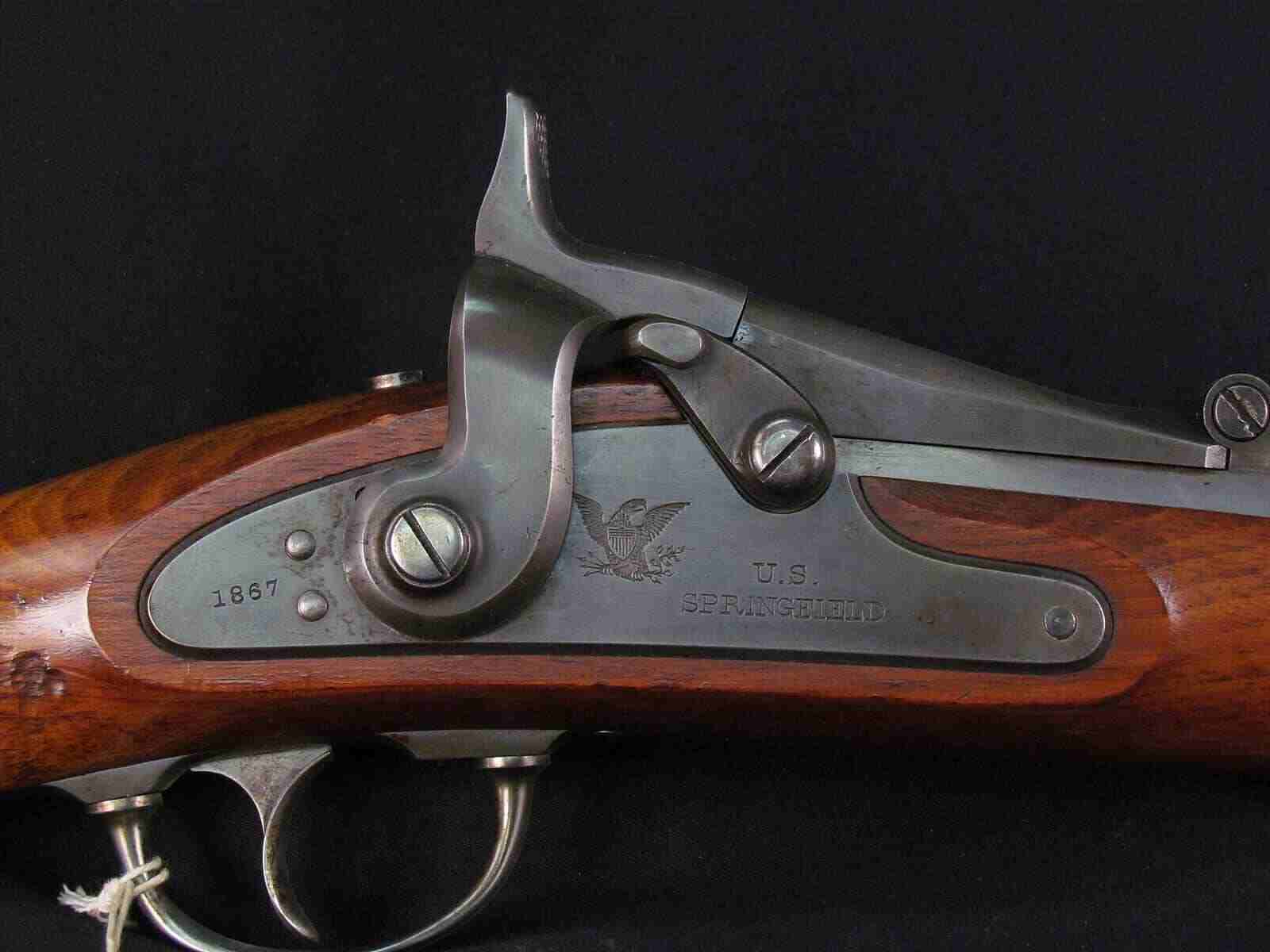Few names in the American firearms industry evoke the same sense of nostalgia and practical reliability as Harrington & Richardson (H&R). Founded in 1871, this legendary firearms manufacturer became synonymous with affordability, innovation, and rugged design. Throughout its history, H&R produced some of the most widely used civilian and military firearms, carving out a lasting...
The Maynard Carbine: An Early American Breech-Loading Firearm
The Maynard Carbine: A Pioneering American Breechloader The Maynard Carbine stands as a significant milestone in the evolution of American firearms, renowned for its innovative design, exceptional accuracy, and widespread use during the American Civil War. Developed by Dr. Edward Maynard, a dentist with an extraordinary talent for firearm engineering, the Maynard introduced advanced breech-loading...
Manhattan Firearms: A Historical Analysis of Legacy and Innovation
Manhattan Firearms occupies a fascinating place in the history of American gun manufacturing. Though often overshadowed by larger competitors like Colt and Remington, this company played a crucial role in the development of revolver technology during the mid-19th century. From its founding in the midst of industrial expansion to its innovative safety features and contributions...
Colt Supply Guns to the South During the Civil War: A Comprehensive Examination
The question of "Did Colt supply guns to the South" during the Civil War has sparked extensive debate among historians and enthusiasts alike. Samuel Colt’s revolvers—renowned for their revolutionary multi-shot capability—transformed battlefield tactics and altered the nature of personal armament in a conflict defined by rapid technological change and fierce competition. This article delves deeply...

